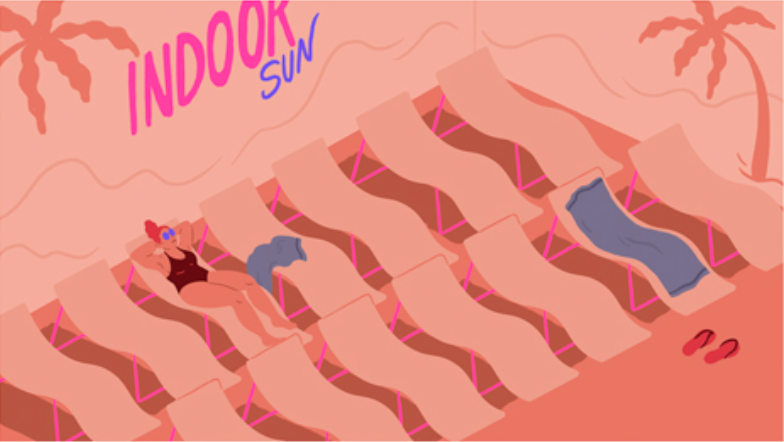Is the dark really making me sad?
Ars Technica » Scientific Method 2017-03-24

Enlarge / If it's dark outside seemingly all the time, you must find ways to cope. (credit: Sara Andreasson)
How do Scandinavians deal with long, dark winters? For Mosaic, Linda Geddes explores what this might teach us about the relationship between our moods and sunlight. The story is republished here under a Creative Commons license.
The inhabitants of Rjukan in southern Norway have a complex relationship with the Sun. “More than other places I’ve lived, they like to talk about the Sun: when it’s coming back, if it’s a long time since they’ve seen the Sun,” says artist Martin Andersen. “They’re a little obsessed with it.” Possibly, he speculates, it’s because for approximately half the year, you can see the sunlight shining high up on the north wall of the valley: “It is very close, but you can’t touch it,” he says. As autumn wears on, the light moves higher up the wall each day, like a calendar marking off the dates to the winter solstice. And then as January, February, and March progress, the sunlight slowly starts to inch its way back down again.
Rjukan was built between 1905 and 1916, after an entrepreneur called Sam Eyde bought the local waterfall (known as the smoking waterfall) and constructed a hydroelectric power plant there. Factories producing artificial fertiliser followed. But the managers of these worried that their staff weren’t getting enough Sun—and eventually they constructed a cable car in order to give them access to it.